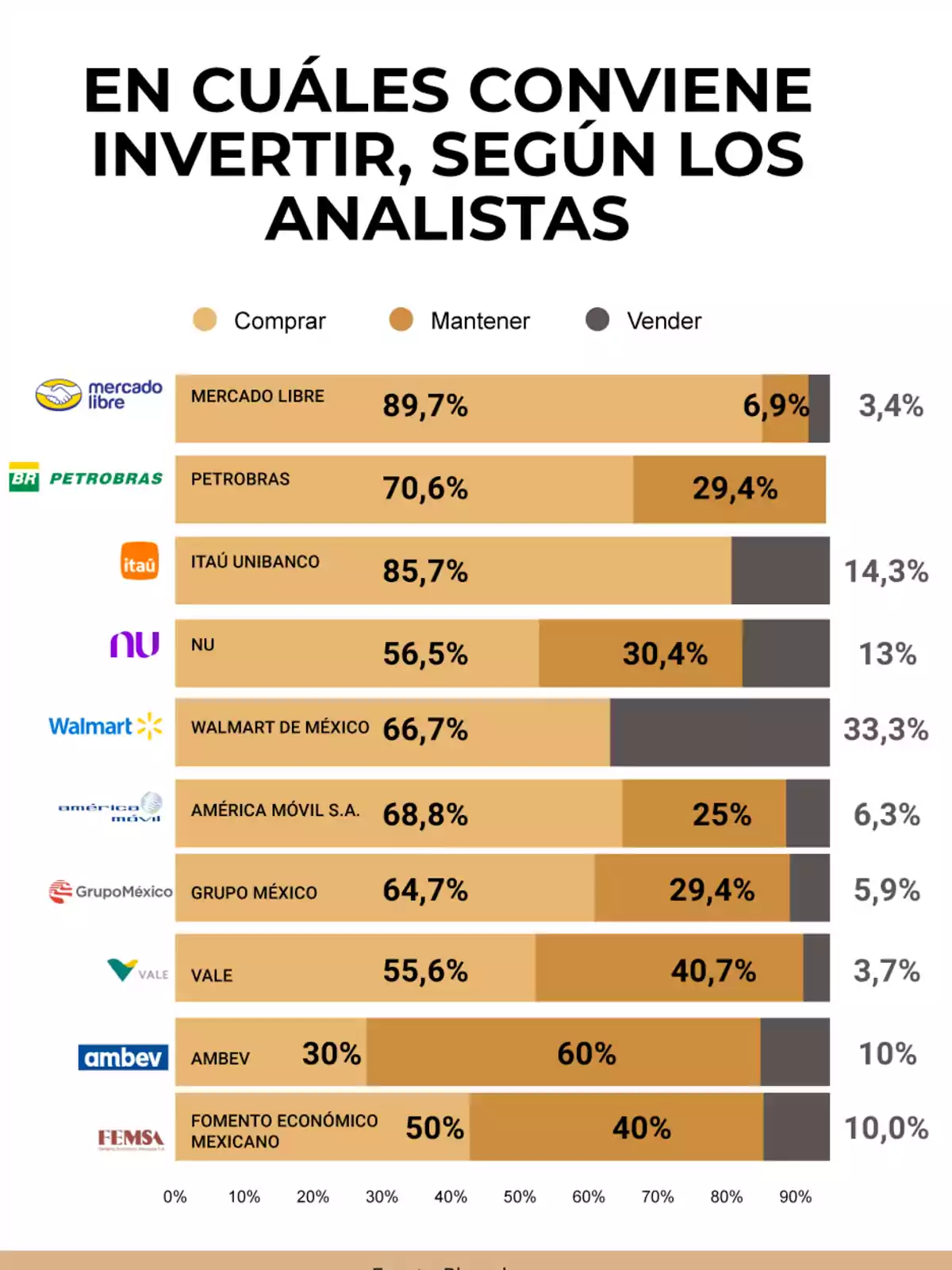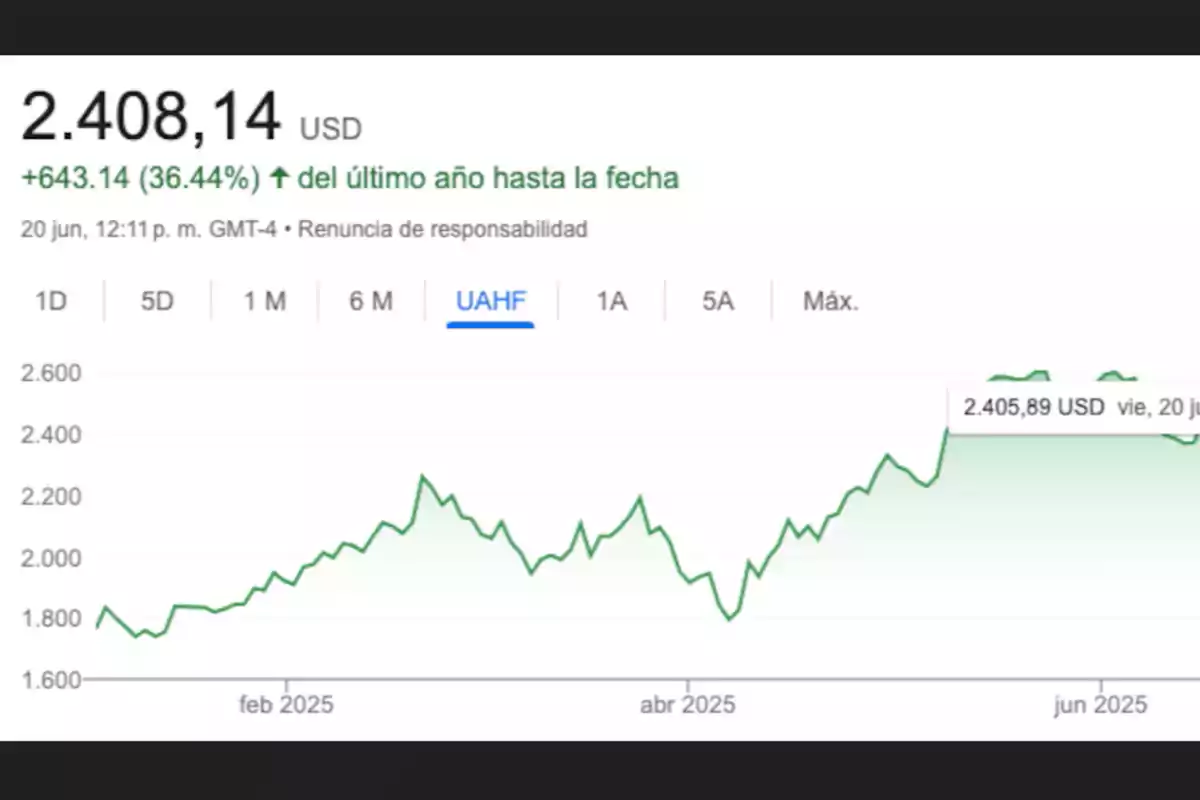
Mercado Libre is the Latin American company with the highest market value on Wall Street.
With a market capitalization of nearly USD 122 billion, the company founded by Galperin has become the most valuable company
On a continent marked by decades of statism, chronic inflation, and suffocating regulations, the private sector is beginning to write a new story. Technology and consumer companies are making steady progress in the world's most demanding stock market, displacing the old giants of oil, banking, or mining. Leading this transformation is an Argentine firm that symbolizes the success of merit, innovation, and economic freedom: Mercado Libre.
According to a report by Bloomberg, the company founded by Marcos Galperin tops the ranking of the ten most valuable Latin American companies listed on the New York Stock Exchange. With a market capitalization of USD 121.813 billion, Mercado Libre (MELI) not only leads the list, but also stands as an emblem of an Argentina that is once again proudly integrating into the world through the private sector, in a context of monetary stability and economic rationality promoted by President Javier Milei.

MELI's success is no accident. JP Morgan bankraised its price target for the company's shares to USD 2,600 after an outstanding performance in the first quarter of 2025. With a 36% increase in dollars so far this year, the shares surpassed 2,400 dollars and added USD 32.2 billionto the market cap in less than six months.
The numbers speak for themselves:
EBIT: USD 763 million, surpassing the consensus of USD 638 million.
Total revenue: USD 5.9 billion, a 37% year-over-year increase.
GMV (gross merchandise value): +17%.
Units sold: +28%.
Fintech revenue: +64%.
TPV (total payment volume): +72%.
Loan portfolio: USD 7.8 billion, +75%.
EBITDA: USD 935 million, +37%, with a 115 basis point margin expansion.
Argentina, in particular, showed remarkable performance, with 77% growth in GMV in dollars and 52% more units sold, raising the region's direct contribution margin by 10 points. Under Milei's new economic regime, characterized by openness, deregulation, and respect for private property, companies are finding fertile ground to grow and compete on equal terms.

At 54 years old and after 26 years leading the company, Marcos Galperin began an orderly transition in May to hand over executive leadership starting in 2026. His replacement will be Ariel Szarfsztejn, an economist and current head of the commerce division, specializing in logistics. The decision marks a new chapter in the consolidation of a company that has ceased to be a promise and has become a global giant.
In second place in the regional ranking is Brazilian oil company Petrobras (USD 80.862 billion), benefiting from its efficiency in deepwater operations and a favorable context for crude oil prices. Next is private bank Itaú (USD 67.862 billion), which combines profitability with a strong digital transformation. In fourth place is Nubank (USD 58.981 billion), a digital bank operating in Brazil, Mexico, and Colombia.
Other notable companies on the list:
Walmart de México: USD 55.352 billion.
América Móvil: USD 51.586 billion.
Grupo México: USD 43.374 billion.
Vale: USD 42.212 billion.
Ambev: USD 38.713 billion.
Fomento Económico Mexicano (FEMSA): USD 32.949 billion.
According to Renato Campos of GH Trading, the success of these companies is explained by "strategic business models and flexible operations", as well as by the size of the markets in which they operate. Global trends also play a key role: digitalization, financial inclusion, sustainable growth, and industrial relocation position Latin America as a platform of opportunities.
Meanwhile, the global market value ranking continues to be dominated by major North American technology companies. Microsoft, NVIDIA, Apple, Amazon, Alphabet, and Meta lead the global top, thanks to highly scalable models and the prominence of artificial intelligence.
The Nasdaq index rose 1% in 2025, despite tensions arising from the global trade war. NVIDIA, in particular, leads the race thanks to its graphics chips for training AI models such as those of OpenAI, Google, and Meta. Microsoft, Amazon, and Google, meanwhile, are already integrating artificial intelligence into everyday services such as Copilot, Gemini, or Alexa, opening up new avenues for monetization.
More posts: